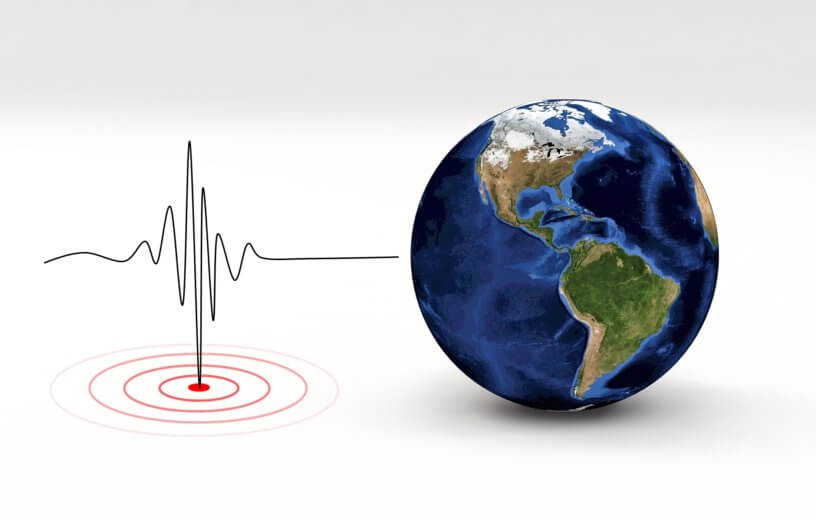POTSDAM, Germany — Emotional support animals, farm animals and zoo animals. What do they all have in common? They predict earthquakes. Or do they? A recent study finds that long-thought claims of dogs, cats and other animals predicting earthquakes are on, well, shaky ground.
Scientists with the GFZ German Research Center for Geosciences determined that in most situations, the “evidence” is anecdotal, usually coming from a single observation of unusual animal behavior. Such information does not stand up to rigorous scientific testing, they say.
“Many review papers on the potential of animals as earthquake precursors exist, but to the best of our knowledge, this is the first time that a statistical approach was used to evaluate the data,” argues study co-author Heiko Woith in a release.
Researchers studied 729 reports of unusual animal activity associated with 160 earthquakes. Animals ranged in size from silkworms to elephants. Of the reports studied, only 14 included a series of observations over a period of time. The vast majority were of single sightings of unusual behaviors which happened anywhere from seconds to months before the event and at distances varying from a few to hundreds of miles from the epicenter.
The authors say the sightings could just be random incidents or even reactions to the foreshocks that come before an earthquake. An analysis of the relationship between foreshocks and unusual animal behavior led scientists to the conclusion that at least some behaviors are a reaction to the seismic activity happening before “the big one.”
“The animals may sense seismic waves — it could be P, S or surface waves — generated by foreshocks,” Woith suggests. “Another option could be secondary effects triggered by the foreshocks, like changes in groundwater or release of gases from the ground which might be sensed by the animals.”
A long record is needed, researchers say, to know whether observed behavior is truly predicting earthquakes or the result of something else going on, such as environmental changes or the long-term health of the animal population.
In one of the studies analyzed, for example, toads acted “abnormally” over half of an observational period. But with a record spanning the period both before and after an earthquake, such data are inconclusive.
Researchers say upcoming studies need more exact, measurable definitions of “unusual or abnormal behavior” in animals and evidence that clearly determines other plausible explanations for animals behaving badly.
The study was published April 17, 2018 in the Bulletin of the Seismological Society of America.
